Nakatsumine Sangoe Trail

Nakatsumine Sangoe Trail
Nyoirin-ji Temple arrives after passing through Gotaki from Inukai, where worshippers constantly flock. The trail to Mt. Nakatsumine begins at Nyoirinji Temple. It's a hike through cedarwood and cypress forests, and the summit is covered with shrubbery including Japanese andromeda and Rhododendron dilatatum. The summit offers a spectacular panoramic view of the landscapes of Tokushima, Komatsushima, and Anan, the countryside of the Yoshinogawa Plateau, the Asan Mountains, and the town of Katsuura. Through a shrub forest scattered with limestone, the route enters the cedarwood and cypress forest again.
Before long, you will reach Hoshi-no-Iwaya, where Iwaya Valley falls into a tunnel of rocks as a waterfall. Soon arrives Katsuura, filled with mandarin orange fields all over, and the route takes you across the Katsuura River to arrive at Ikina.
Nakatsumine Sangoe Trail(15.5km)

 Spots to photograph
Spots to photograph
If you wish to receive a certificate, please take a photo that includes yourself at the designated photo point for each course.
Nearby sightseeing spots

-
1
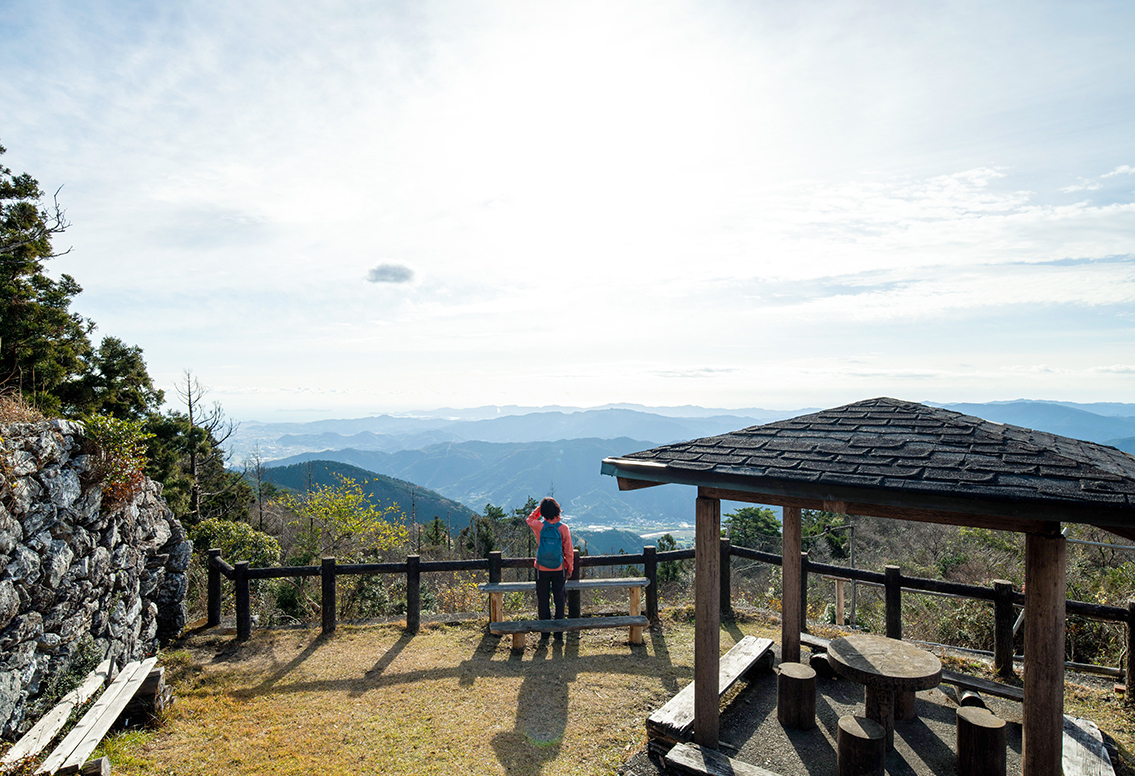 Mt. Nakatsumine
Mt. NakatsumineAltitude 773 m. The spectacularly beautiful panoramic view from the top of the mountain spans Tokushima City and Katsuura Town. Located at the top of the mountain is the Tenjin Shrine, also known as the Sanjūhassha Shrine, was built to make offerings to the stars.
-
2
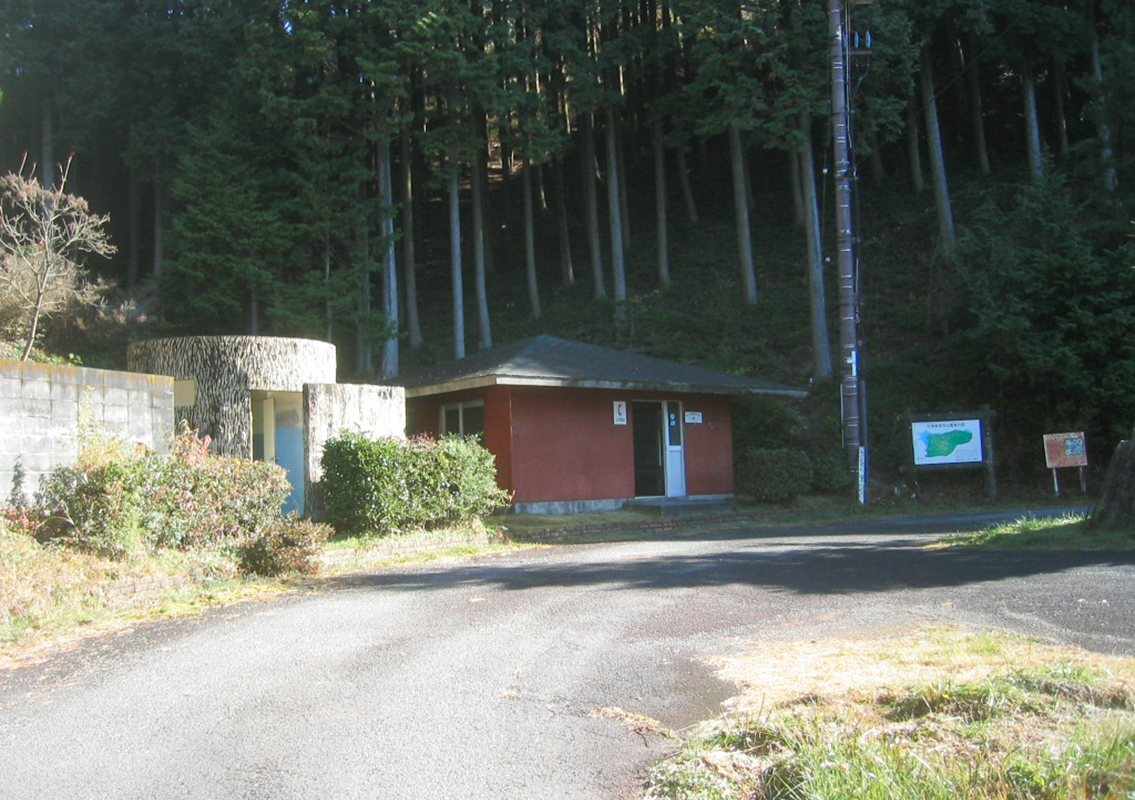 Nakatsumine Forest Park
Nakatsumine Forest ParkThis park offers nature walk for visitors who enjoy sight-seeing, walking, resting, playing and learning while strolling along the trails. The park is spread in area of 26.2 hectares, and has an observatory to enjoy a panoramic view of Tokushima City along with Awaji Island and Wakayama in the distance.
-
3
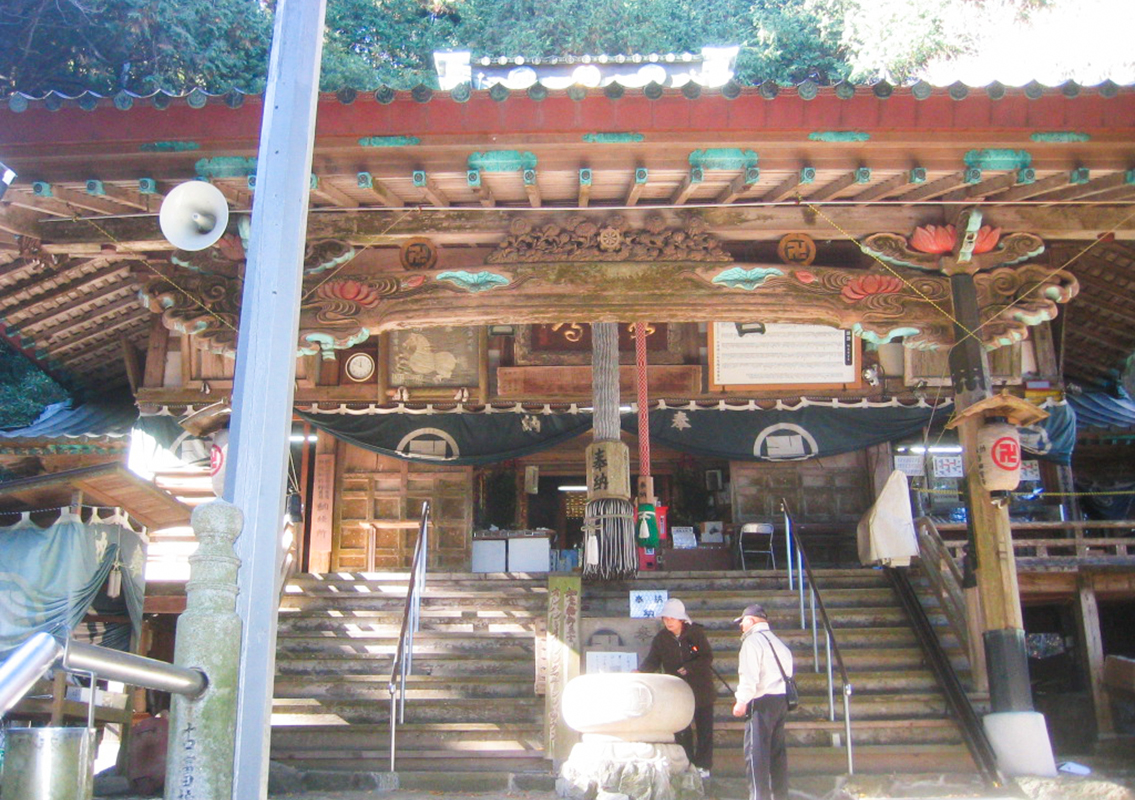 Nakatsuminesannyoirin Temple
Nakatsuminesannyoirin TempleThis temple is located on Mt. Nakatsumine, which is one of the three peaks of Awa, and it is an ancient temple that is recognized as the Kannon of Nakatsumine. The origin of the temple is unknown, but the Nyoirin Kannon was brought in the temple during the Eien period (1504 to 1521), and that’s when local people began worshipping the Kannon. Lord Hachisuka of the feudal domain donated the land for the temple in 1609, and the main hall was built in the Genna period (1615 to 1624). The seated statue of Nyorin Kannon is called the Kannon of Nakatsumine and is one of the most prominent Buddhas in Awa. The Sofu Dynasty style of work is considered to be from the late Kamakura period and was listed as an important cultural property of Japan in 1911.
-
4
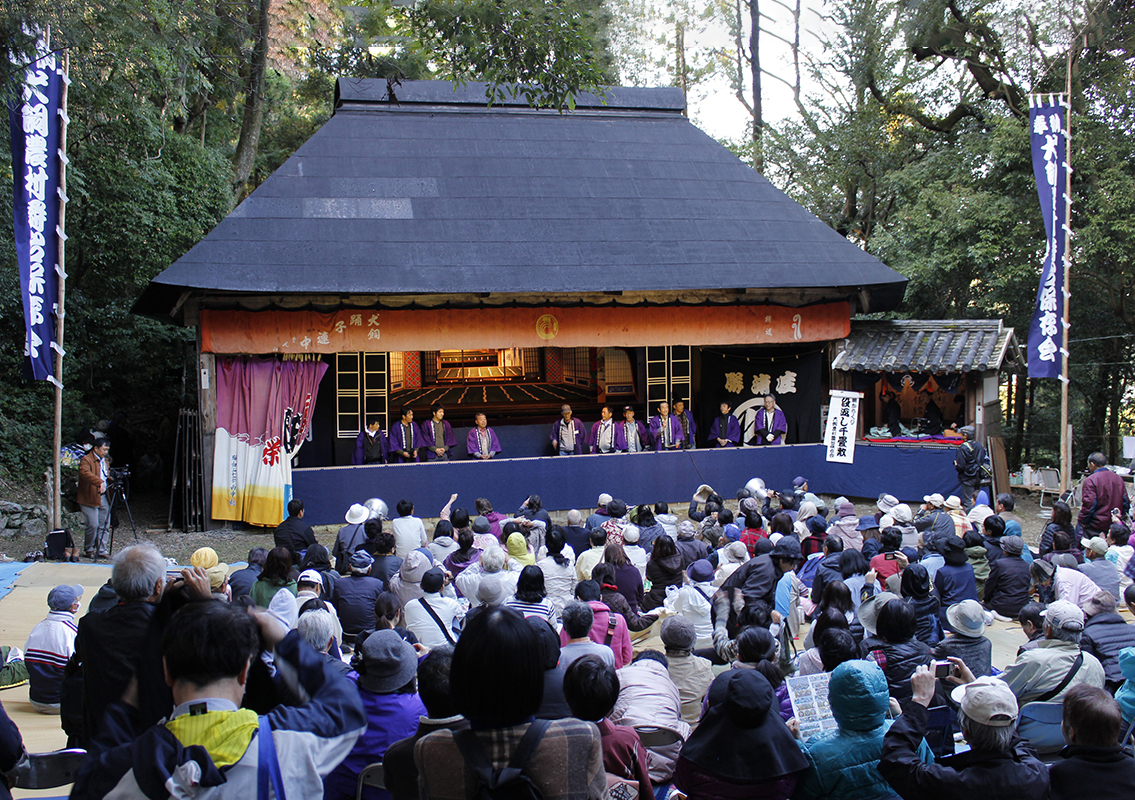 Inukai Rural Community Theater
Inukai Rural Community TheaterLocated on the grounds of the Goo Shrine, the theater puts on puppet shows during every spring and autumn festival of the shrine. Many visitors from other faraway prefectures also come to see it.
It is also designated as a National Important Tangible Folk Cultural Property. -
5
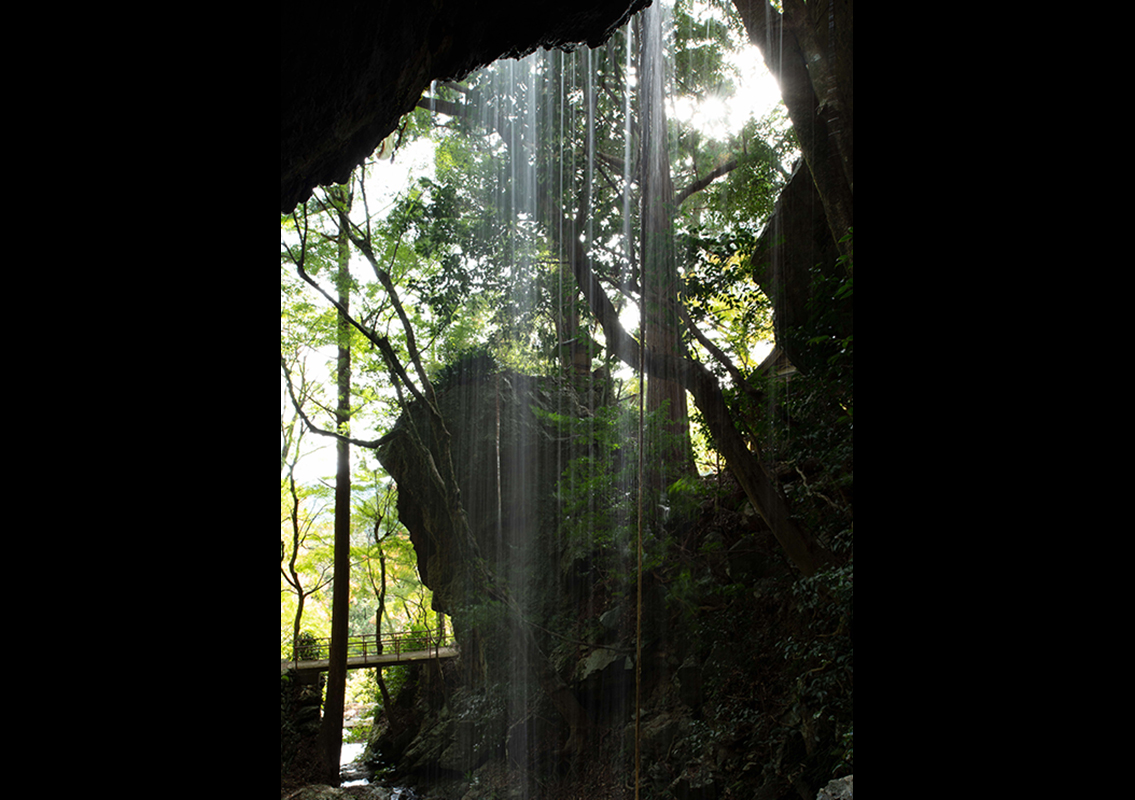 Hoshi-no-Iwaya
Hoshi-no-IwayaHoshi-no-Iwaya is said to have come into being from the fact that Kobo Daishi spent seven days training here in seclusion.
This Iwaya is a large cavern and the waterfall flowing from its top shows the correlation. The place was developed into a hermitage because ascetic monks trained in front of this secluded waterfall in the Iwaya. The Nama Fudo Camphor stands 20 m tall with a circumference of 4 m. The hollow at the base of the tree has a partial carving of the deity Fudo Myoo. The skin on his back appears to be burning, which looks like a halo made of fire. It is believed that praying to this Fudo Myoo will cure your lower back illnesses. -
6
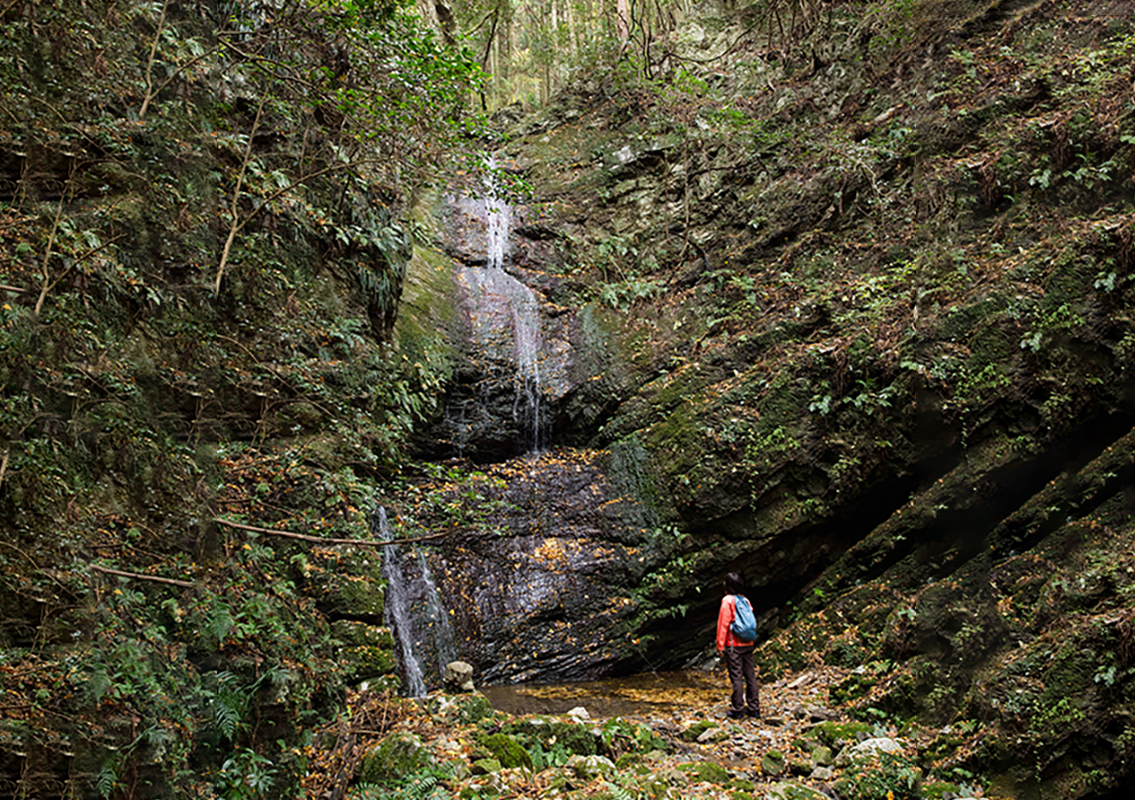 Five falls of Hatta
Five falls of HattaFlowing downstream, the five waterfalls 'Megamo no Taki,' 'Ogamo no Taki,' 'Goraikou no Taki,' 'Nunobiki no Taki,' and 'Kura no Taki' flow in succession. As their names suggest, the appearance of each waterfall is beautiful and has abundant variations.



